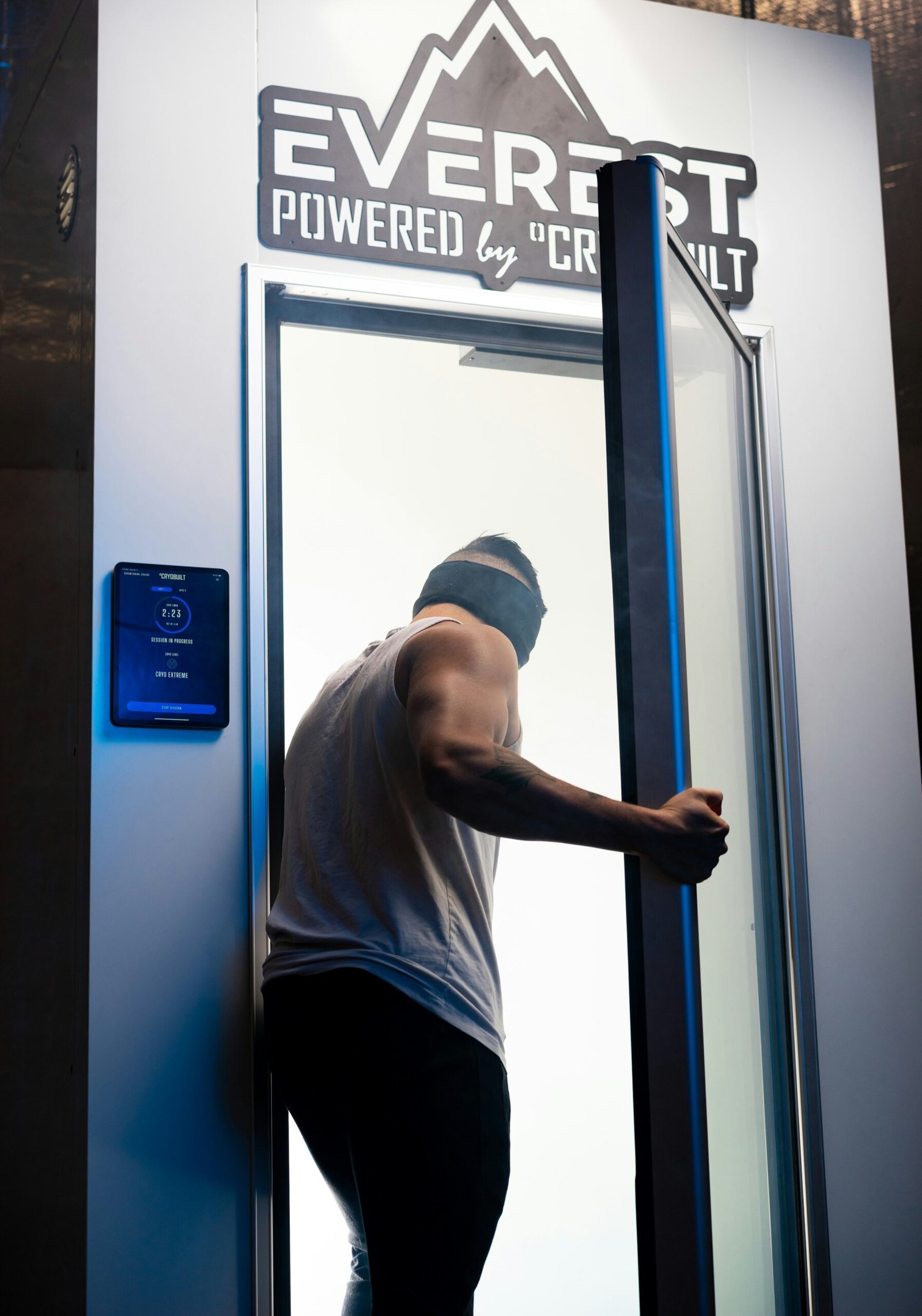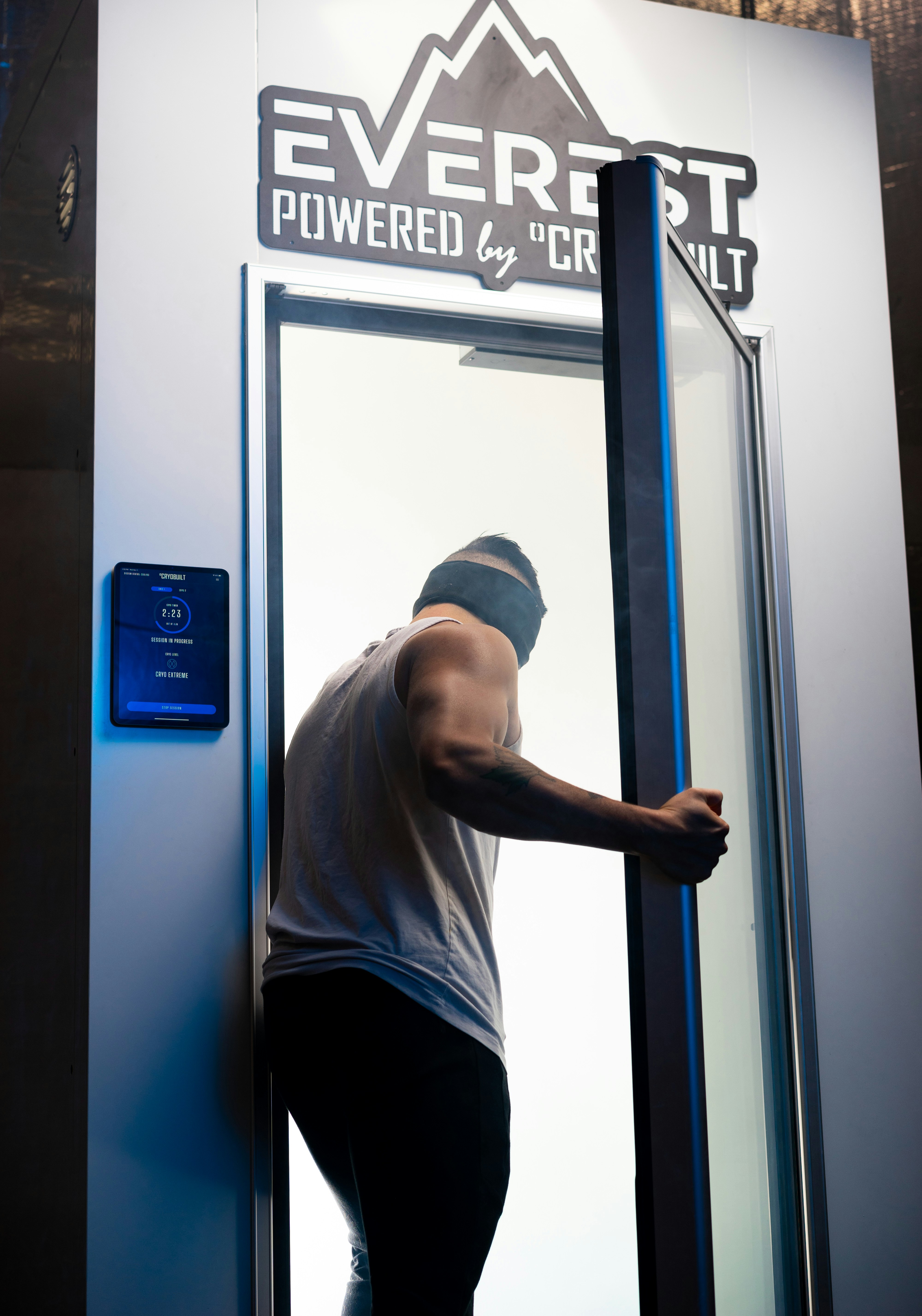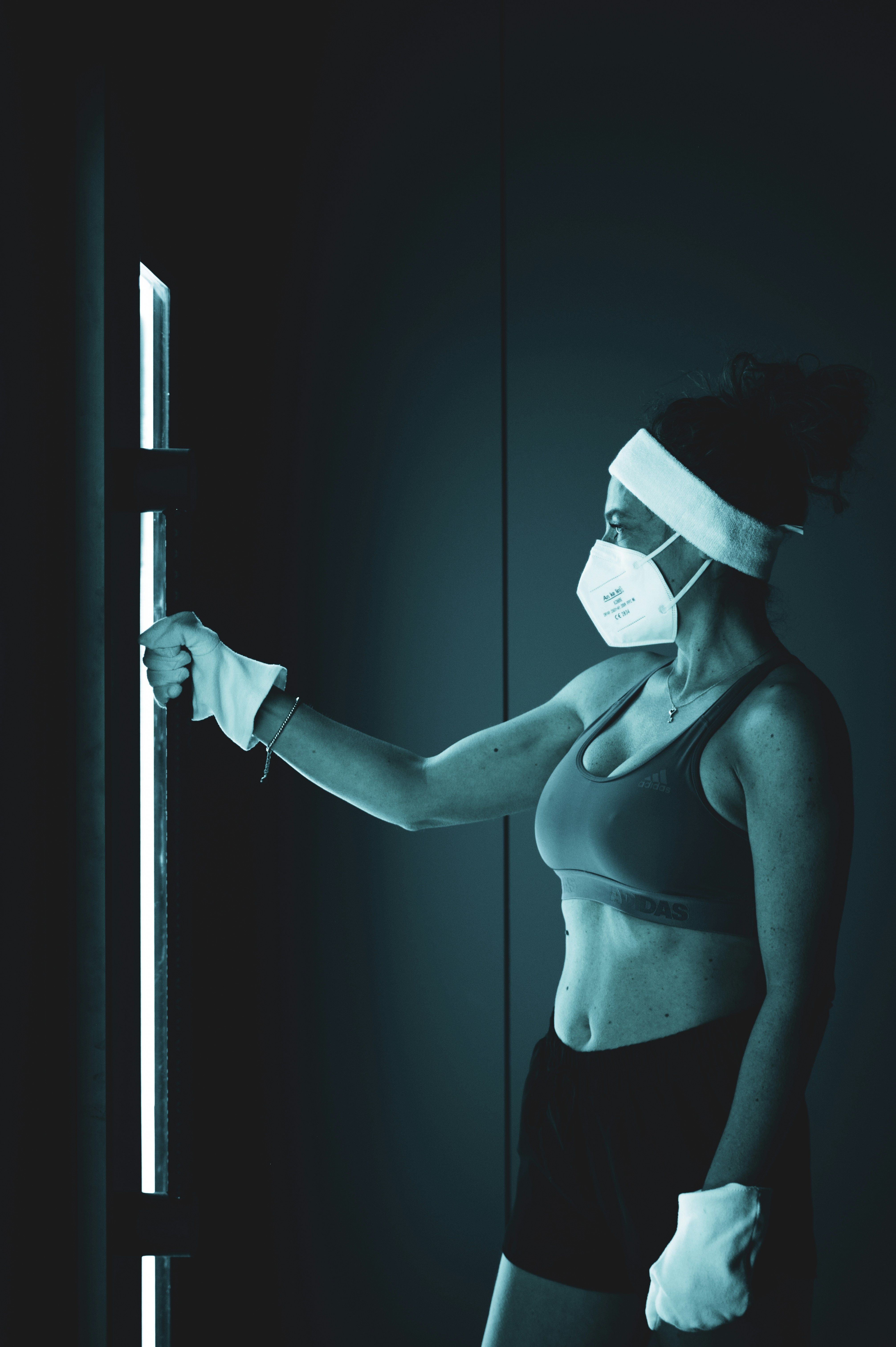Have you ever wondered about the benefits of cold therapy and its effect on your lymphatic system? Whether you’re a health enthusiast or someone curious about natural remedies, understanding how cold therapy influences lymphatic drainage can offer some surprising insights. Let’s embark on a journey to uncover how this age-old practice can potentially impact the overall health of your lymphatic system and, consequently, your well-being.
Understanding the Lymphatic System
Before diving into cold therapy’s specifics, it’s crucial to understand what the lymphatic system does. Acting as an unsung hero of your body’s immune system, the lymphatic system plays a pivotal role in protecting you from illnesses and removing waste products.
The Function of the Lymphatic System
Think of the lymphatic system as your body’s drainage network. It includes a complex system of vessels, nodes, and organs that help rid the body of toxins, waste, and other unwanted materials. It operates alongside the circulatory system, stealing nutrients and draining waste through the movement of lymph, a yellowish fluid.
Some of the main functions of the lymphatic system include maintaining fluid levels in the body, absorbing digestive tract fats, and picking up blood cell-derived waste products. Additionally, the lymph nodes, which are scattered throughout your body, act as filters, trapping bacteria and viruses.
Why is Lymphatic Drainage Important?
Lymphatic drainage is critical because it helps facilitate this waste removal process. Without proper lymph flow, your body may become more susceptible to infections and other health issues. Imagine a city’s drainage system; when it’s functioning optimally, everything works seamlessly, but blockages can lead to flooding and hygiene issues. Your body works in a similar way, relying on a well-functioning lymphatic system to stay healthy.
An Introduction to Cold Therapy
Now that you have a grasp on the lymphatic system’s importance, let’s discuss cold therapy. Also known as cryotherapy, cold therapy has been used for centuries to provide various health benefits. But what exactly does this process entail?
What is Cold Therapy?
Cold therapy involves applying cold to the body to achieve therapeutic effects. This can be in the form of ice packs, cold compresses, ice baths, or advanced cryotherapy chambers that expose the body to extremely low temperatures for a short period.
The History of Cold Therapy
Long used by ancient civilizations, cold therapy has roots in many cultures. From ice baths employed by the Greeks for muscle recovery to cold water dips practiced in Nordic countries, humanity has long believed in the cold’s restorative properties.
Common Uses and Benefits
Cold therapy is commonly used for reducing inflammation, alleviating pain, improving muscle recovery, and boosting circulation. Athletes often swear by its effectiveness in post-workout recovery routines, as it aids in decreasing muscle soreness and injury rehabilitation. But its interaction with the lymphatic system might be where it truly shines in promoting overall health.
How Cold Therapy Affects the Lymphatic System
You might be wondering how introducing your body to cold could possibly aid in lymphatic drainage. Let’s delve into what happens when your body encounters low temperatures.
The Physiological Response to Cold
When you expose your body to cold temperatures, several physiological responses occur. Blood vessels constrict, and circulation decreases temporarily, leading to a reduction in inflammation and swelling. This constriction is followed by a period of vasodilation, where blood rushes back, quickly reoxygenating tissues and promoting healing.
Cold Therapy and Lymphatic Stimulation
The lymphatic system, unlike the circulatory system, doesn’t have a central pump like the heart. It relies on muscle movements and external factors to push lymphatic fluid throughout the body. Cold therapy invigorates the body as it transitions from a constricted state to a more relaxed one, helping stimulate lymph flow.
Increased circulation from cold therapy means enhanced lymphatic drainage, as the temporary constriction followed by increased blood flow supports the movement of lymphatic fluid.
The Hypothetical Benefits on Immunity
Cold therapy’s potential benefit to the lymphatic system could also extend to your immune system. By improving lymphatic flow, more pathogens and toxins can be efficiently filtered out of the body, potentially increasing your body’s ability to ward off illnesses.
Specific Cold Therapy Techniques for Lymphatic Health
While simply exposing the body to cold can provide benefits, specific techniques focus on enhancing lymphatic drainage. Let’s explore a few popular options.
Ice Baths and Cold Showers
One of the easiest ways to integrate cold therapy into your routine is by taking ice baths or cold showers. Start gradually with cold showers, allowing your body to acclimate before transitioning to more intense cold experiences like ice baths.
Pros and Cons Table
| Pros | Cons |
|---|---|
| Easy to perform | Uncomfortable for some |
| Inexpensive | Requires regular practice |
| Time-efficient | Might not suit everyone |
Cryotherapy Chambers
For a more advanced approach, cryotherapy chambers offer a high-tech method of cold therapy. In these chambers, your body is briefly exposed to extremely low temperatures of up to -110°C (-166°F).
This method is typically employed by athletes and those serious about recovery, as it offers a controlled environment maximizing the cold’s benefits while minimizing its discomfort.
Cold Compress Application
More localized, cold compresses are perfect for targeted lymphatic stimulation. Applying a cold compress to specific areas can help decrease localized swelling and improve lymphatic flow.
This technique is excellent when you need immediate relief without full immersion, such as when treating a sprain or skin condition.
Precautions and Considerations
While cold therapy is generally safe, certain precautions should be kept in mind before trying any new treatment.
Who Should Speak with a Healthcare Provider First?
Cold therapy might not be suitable for everyone, particularly individuals with conditions like Raynaud’s disease, cardiovascular issues, or poor circulation. It’s vital to consult with a healthcare provider before starting any new therapy to ensure it’s safe for your unique health circumstances.
Avoiding Overexposure and Frostbite
Never subject your body to extreme cold for long periods, as overexposure can lead to frostbite. It’s crucial to cap cold therapy sessions at a safe duration—typically no longer than 20 minutes for most techniques.
Integrating Cold Therapy into Your Routine
If you’re considering integrating cold therapy into your journey toward better lymphatic health, here are some tips to get started:
Establish Consistent Practice
Consistency is key when it comes to reaping the benefits of cold therapy. Consider starting with short cold showers or localized cold compresses, gradually increasing intensity as your body acclimates.
Combine with Other Healthy Habits
Cold therapy is most effective when paired with other health-promoting practices. Staying hydrated, exercising regularly, and eating a balanced diet can further support lymphatic drainage and overall well-being.
Listen to Your Body
Everybody reacts differently to cold therapy, and it’s essential to listen to what your body tells you. If you find certain techniques uncomfortable or notice adverse reactions, consider adjusting the duration, intensity, or frequency.

The Future of Cold Therapy and Lymphatic Research
Though promising, research on cold therapy specifically targeting the lymphatic system remains in its nascent stages. Yet the growing interest in holistic, non-invasive health and wellness practices suggests that more scientific studies focusing on this intersection are on the horizon.
The Rise of Alternative Medicine
As people become more aware of the benefits of alternative medicine, there might be a surge in research dedicated to understanding how cold therapy could play a role in preventative healthcare. Advances in this area could potentially solidify cold therapy’s position as a valuable tool for optimizing lymphatic health.
Technological Innovations
Ongoing innovations could further refine cryotherapy techniques, making them accessible and beneficial to a broader range of people. With improvements in technology, cryotherapy chambers might become a more common fixture in both medical and non-medical settings.
Conclusion
Taking a closer look at the effects of cold therapy on your lymphatic system opens up exciting possibilities for new ways to enhance health and well-being. Whether you decide to try cold showers, ice baths, or more advanced cryotherapy treatments, the potential benefits, especially regarding lymphatic health, are intriguing.
As research continues to evolve, and more people take their health into their own hands naturally, cold therapy might become a welcome addition to the toolkit for maintaining a vibrant, well-functioning lymphatic system. Just remember, whenever you’re trying something new, proceed mindfully and consult with a healthcare professional to ensure it aligns with your health goals. Here’s to a healthier, well-drained future!





